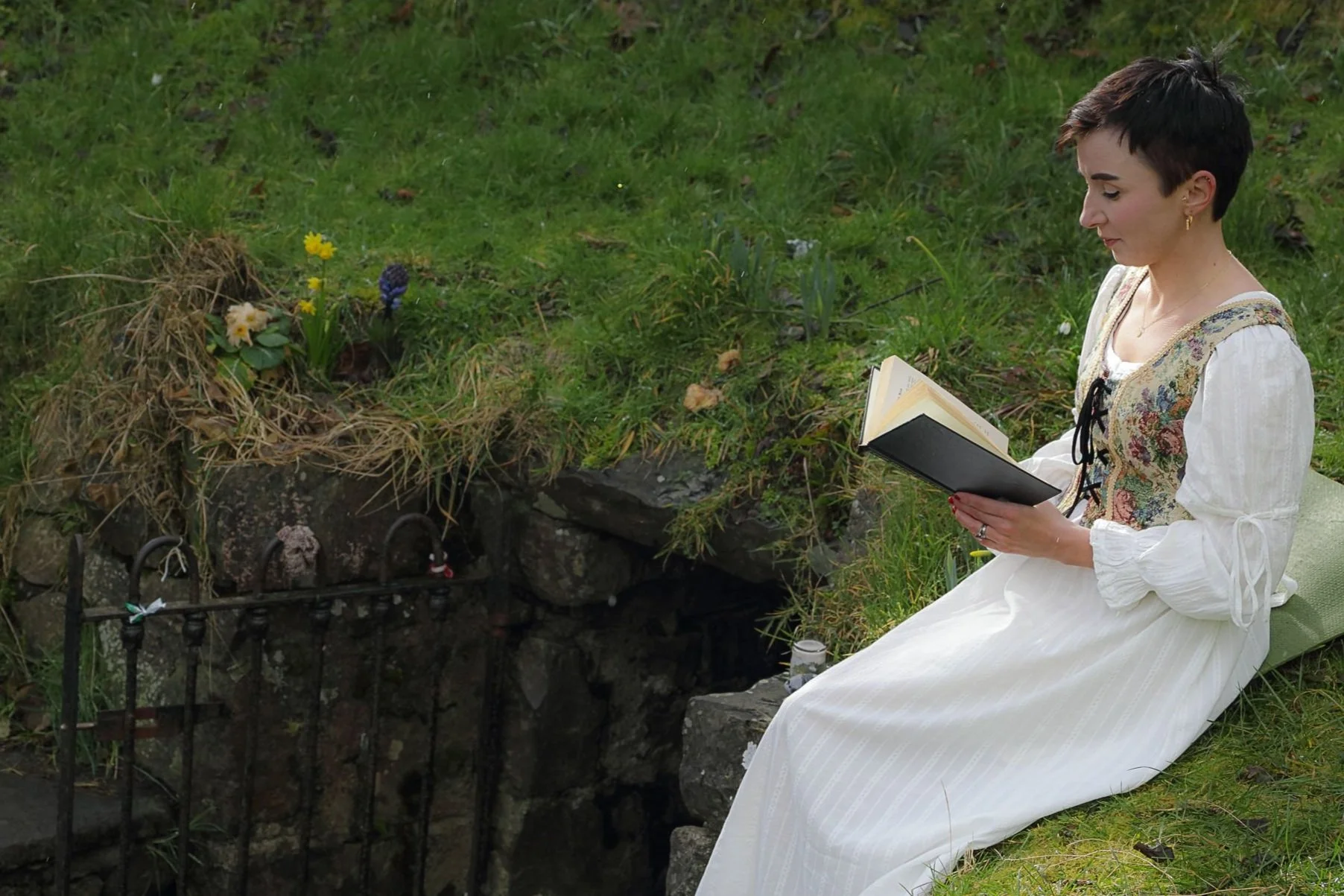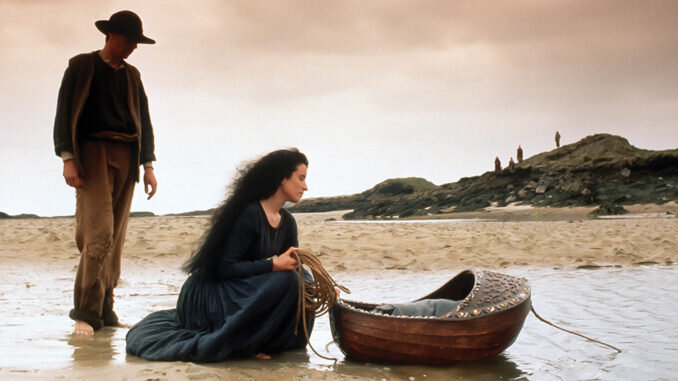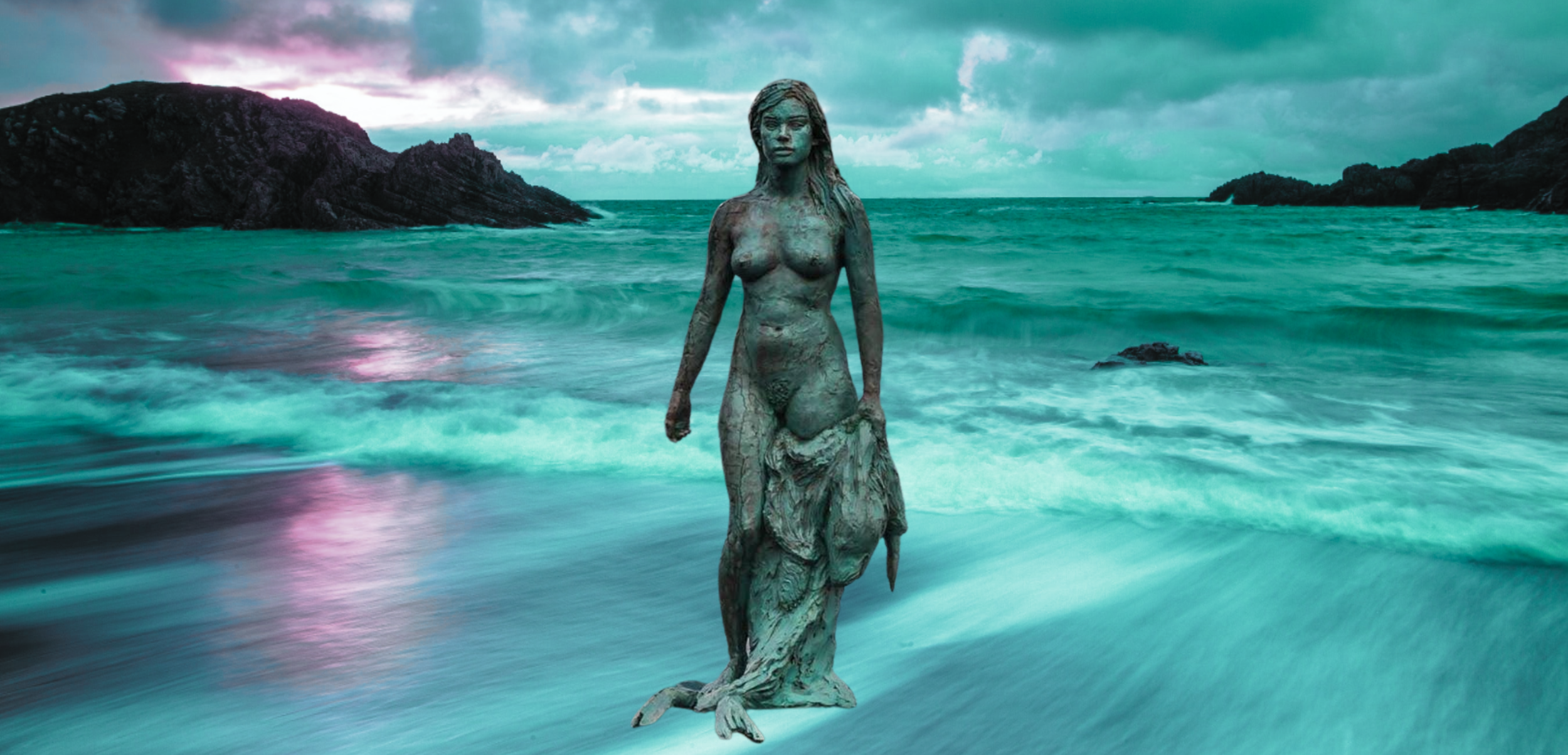
MUSINGS FROM THE OTHERWORLD
My current writings and musings on Celtic feminine mysticism and soulful living now find their home on Substack. I invite you to join me there but I’ve also preserved an archive of my previous writings (2021-2023) below.
Rescuing Our Sealskins
The Celtic School of Embodiment was birthed from my journey of rescuing my selkie sealskin, which I had lost to our hyperproductive world. I was too busy leaning in and burning out to wear my pelt and to embrace the depths of my wild feminine place.
The Mythical Selkie in the Secret of Roan Inish
The Celtic School of Embodiment was birthed from my journey of rescuing my selkie sealskin, which I had lost to our hyperproductive world. I was too busy leaning in and burning out to wear my pelt and to embrace the depths of my wild feminine place.
I now wear my sealskin as I work in partnership with women to reskill in our feminine essence and in doing so, reclaim our skins. With my selkie on my back, it comes as no surprise that her story resonates with the women I work with in profound ways. Let me tell you a little more about our mythical sealwoman…
The Dublin coast where I grew up is peppered with seal colonies so they’ve always been a feature of my life, of my place. The name for a seal in Gaeilge is rón pronounced “RO-UN”. My parents planned to call me Ronán if I was a boy, which means ‘Little Seal’. I live in a seaside town, Skerries, which as a community we share with both harbour seals and grey seals. Here, the essence of the selkie permeates the landscape.
Selkie ("SEHL-kee") means ‘seal folk’; magical creatures that shapeshift from seal to human and more often than not, to women. Stories of selkies feature in the Irish, Scottish and Nordic traditions, like that of Iceland and the Faroe Islands. These coastlines are wild and unpredictable and one which humans and seals share. Seals are intelligent, curious animals. Their dark eyes are at once affectionately docile and pools of mystery.
In Celtic mythology, the Otherworld exists in liminal spaces. Pools, wells, rivers, lakes, the sea are sites where the boundaries between our ‘reality’ and the terrain of our mythical ancestors are fluid. You can easily slip through water into the Otherworld, as otherworldly beings can easily slip into this world.
Shapeshifting is integral to Irish myth, most commonly with women who transform into creatures like swans, ravens, cranes, flies, eels, hares, horses, cows and deer. This is a cosmological expression of our interconnectedness with the natural world, and the affinity of the feminine with nature.
The Selkie Emerging from her Sealskin
AN MHAIGHDEAN MHARA
There are many varieties of the selkie tale. In Ireland, the tradition includes stories of An Mhaighdean Mhara, the ‘The Sea Maiden’ in Gaeilge, (pronounced “ON WAW-GIN WARA” or “ON VAW-GIN VARA” depending on the dialect). This refers to a type of mermaid (half-woman, half-fish) or a selkie. A popular motif centres on a lonely man stumbling across a selkie on the beach. He becomes so enraptured by her otherworldly charm that he snatches her sealskin, magical cloak, or fishtail and holds her captive on land.
The Maighdean Mara eventually returns the man’s love, and they birth a family together. But, as she cannot express her true nature, her essence, or live as her authentic self while in this man’s world, her health begins to drastically deteriorate, her lifeforce leaks. Her only chance of survival is to reclaim what was taken from her by this man.
When she finally secures her lost sealskin, magical cloak, or fishtail, with the help of her child, she begins to plumpen, ripen, her eyes shine with sea life once more. Yet, to live her true essence she has no choice but to return to the sea. A decision that is at once, exhilarating and life-giving and equally, heartbreaking. She continues to visit her child (or children) under the full moon.
I have been spending time in Donegal in the north west of Ireland on the wild Atlantic coast. This region is steeped in folkloric tales of the Maighdean Mara. To feel into the landscape of the Sea Maiden, I invite you to close down your eyes and allow this traditional Donegal song to wash over you. It is a poignant conversation between the Maighdean Mara, Mary Chinidh (Kinney) and her daughter Máire Bán (‘fair haired Mary’). Mary must leave her family and return to the sea now she has reclaimed her skin.
This version is sung by Moya Brennan (from Clannad), Máiréad Ní Mhaonaigh (from Altan), and Máiréad Ní Domhnaill. It’s old and grainy but well worth a listen for its haunting beauty. I’ve provided the English translation below the video.
It seems that you have faded away and abandoned the love of life
The snow is spread about at the mouth of the sea
Your yellow flowing hair and little gentle mouth
We give you Mary Chinidh to swim forever in the Erne
My dear mother, said blonde Mary
By the edge of the shore and the mouth of the sea
A Sea Maiden is my noble mother
We give you Mary Chinidh to swim forever in the Erne
I am tired and will be forever
My fair Mary and my blonde Patrick
On top of the waves and by the mouth of the sea
We give you Mary Chinidh to swim forever in the Erne
The night is dark and the wind is high
The Plough can be seen high in the sky
But on top of the waves and by the mouth of the sea
We give you Mary Chinidh to swim forever in the Erne
ANSWERING THE SELKIE’S CALL
The selkie story is one of my favourite to explore with women. In both my Celtic Woman Coaching and in Week 3 of the Banríon Mystery School, we take a deep dive into Irish seas and hear the echo of her call. For me, the selkie comes ashore to implore us to rescue our sealskins from our hyperproductive world by reskilling - an act of remembering - in our feminine expressions.
Masculine and feminine expressions exist within each individual of every binary, and non-binary. Yet, we have lived for thousands of years in a patriarchal world where ‘man’ became culturally coded as superior; with the mind and intellect. ‘Woman’ then was (and still is), inferior and confined to the domestic sphere and nature; with the body, the wild, the unpredictable.
We have come to value masculine expressions over feminine expressions, even within our own bodies. And so as young women, as soon as we enter the working world, already coded as predominantly male, we feel we must prove our masculine to succeed. We have to take off our sealskin and leave her on the rocks, as we suit-up and head for the city.
Yet the paradigm is beginning to shift. If you are reading this, I know you can feel it. The time has come for us to go back to the rocks and rescue our sealskins because sewn into them is our feminine essence. This takes courage. It takes discipline. And it takes devotion. But Celtic Sister, it is so worth it. To plumpen, to ripen, to shine wild once more with life.
To be at home in your own skin. In the truest sense.
I share this quote from Deirdre, a gorgeous client and dear friend on her experience of the selkie:
“It really felt like we bypassed the conscious mind so that my BODY could SPEAK to me. I was amazed at the intuitive movements my body made under Jen’s guidance – past traumas coming to the surface to be acknowledged and healed… The weaving of Celtic mythology into the session was so powerful. I instantly identified with the story of the selkie woman. For me, the ‘sealskin’ represented my ‘personal power’ which I gave away – nobody ‘took’ it from me. These ancient stories have profound messages for women today.”
OVER TO YOU BELOVED…
Does the mythical selkie/An Mhaighdean Mhara call to you?
What do you feel when you hear her song?
Where is your sealskin, magical cloak, or fishtail? Are you wearing it? Does it feel close by? Or perhaps, far away?
Are you ready to come home to your own skin?





